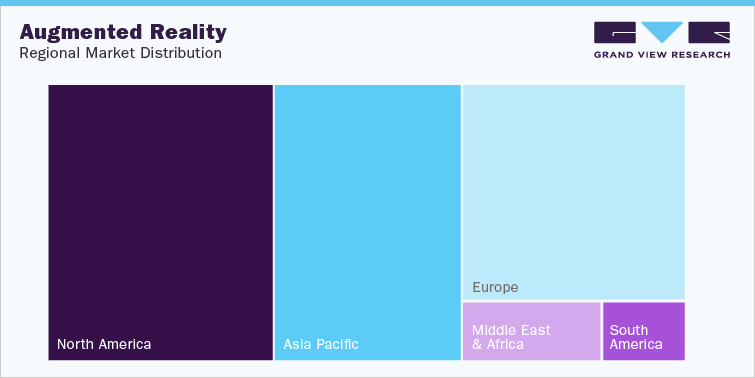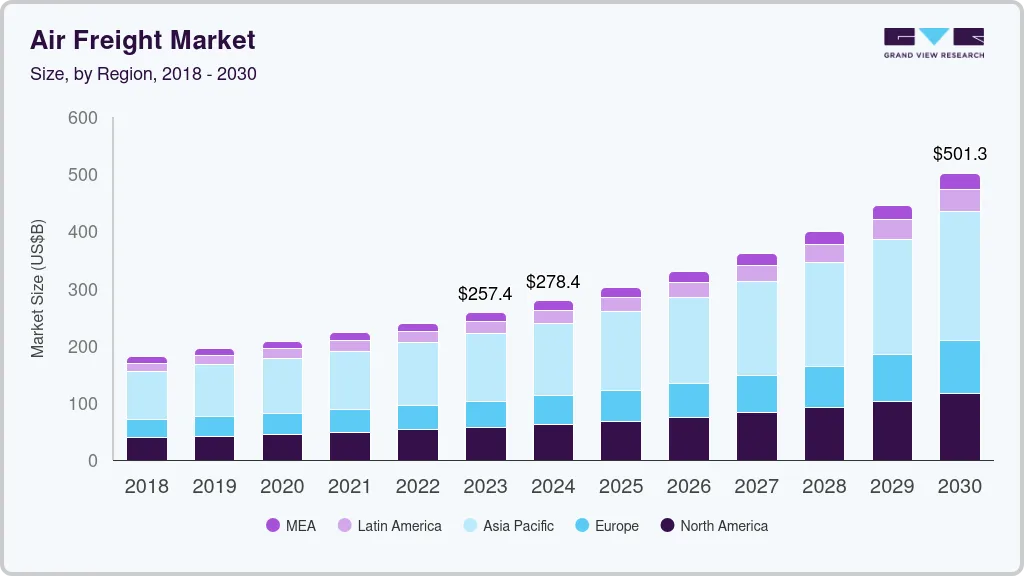Immersive Media Industry Data Book Covers Augmented Reality, Metaverse, and Virtual Reality Market
The global Immersive Media Industry was valued at USD 86.02 billion in 2021 and is likely to grow at a compound annual growth rate (CAGR) of 36.3% from 2022 to 2030.
Grand View Research’s immersive media industry data book is a collection of market sizing information & forecasts, competitive benchmarking analyses, macro-environmental analyses, and regulatory & technological framework studies. Within the purview of the database, all such information is systematically analyzed and provided in the form of presentations and detailed outlook reports on individual areas of research.
Access the Global Immersive Media Industry Data Book, 2022 to 2030, compiled with details like market sizing information & forecasts, trade data, pricing intelligence, competitive benchmarking, macro-environmental analyses, and regulatory & technological framework studies
Augmented Reality Market Growth & Trends
The global augmented reality market size is expected to reach USD 597.54 billion by 2030, registering a CAGR of 40.9% from 2022 to 2030, according to a new report by Grand View Research, Inc. The market growth can be credited to the increasing adoption of augmented reality (AR) technology across several industry verticals, such as automotive, healthcare, education, construction, and logistics among others. The augmented reality interfaces enhance the work environment as well as optimize operational efficiency while offering significant benefits in terms of efficiency, productivity, and safety.
AR technology has been evolving continuously and getting more accessible and reliable in line with the advances in technology. Several market players are focused on introducing new and more innovative offerings to attract customers and gain a competitive edge in the industry. For instance, in 2023, Google LLC announced the launch of its latest Immersive Stream for XR service for its Google Cloud customers. This new offering is said to eliminate the need for any powerful hardware or a special application to immerse oneself in the augmented reality or 3D world. The users can simply scan a QR code or click a link to get into extended reality (XR).
The growth of augmented reality industry is being influenced by the aggressive adoption of AR technology solutions by various industry incumbents, especially in the wake of the COVID-19 outbreak. For instance, AR technology is being widely adopted across educational institutions to enhance the learning experience for students.
The market is also benefiting from the retail domain as AR provides an immersive experience to shoppers and helps them make informed buying decisions. In November 2022, Snap, Inc. partnered with Amazon.com, Inc. to initiate AR-enabled digital try-on styles for the brands and customers online. This fashion partnership is anticipated to create an AR shopping experience seamless.
AR technology is gaining massive traction in niche markets. Several mobile device vendors are introducing AR-compatible mobile devices. As such, the market for augmented reality is poised for significant growth during the forecast period as AR technology continues to evolve and more real-life use cases are introduced.

Virtual Reality Market Growth & Trends
The global virtual reality market size is expected to reach USD 435.36 billion by 2030, growing at a CAGR of 15.0% from 2022 to 2030, according to a new report by Grand View Research, Inc. The increasing adoption of user immersion technology in industries, such as education, industrial training, and healthcare, among others, is expected to drive market growth. In addition, internet penetration in the form of high-speed 5G networks has positively impacted the adoption of Virtual Reality (VR) technology due to fast and low-latency internet connections. The growing demand for training and research across industries, such as education, aerospace & defense, and automotive, is also driving the growth of the market. For instance, in October 2022, Meta Platforms, Inc. launched the Meta Quest Pro VR headset with the Snapdragon Qualcomm XR2+ chipset.
According to the company, the headset is targeted toward professionals and creators looking for high-end VR headsets. VR technology has enabled e-commerce companies to let users shop virtually. This technology creates an interactive environment and helps improve the overall shopping experience for users. The demand for virtual reality in the education sector is also growing as teachers can conduct interactive academic sessions on VR-based online platforms to facilitate better collaboration. North America is anticipated to hold a significant share in the market by 2030 owing to the dominance of technology companies in the region. Technology penetration in the region and the availability of new VR products are expected to boost the region's growth further. Moreover, the emergence of various start-ups related to virtual reality (VR) is expected to help create growth opportunities for the market.
Order your copy of the Free Sample of “Immersive Media Industry Data Book - Augmented Reality, Metaverse and Virtual Reality Market Size, Share, Trends Analysis, And Segment Forecasts, 2022 - 2030” Data Book, published by Grand View Research
Metaverse Market Growth & Trends
The global metaverse market size is predicted to attain USD 936.57 billion by 2030, according to a new report by Grand View Research, Inc. The market is expected to witness a CAGR of 39.4% from 2022 to 2030, owing to increasing demand from end-use industries, which prominently include media and entertainment, education, and aerospace and defense is anticipated to propel the industry growth over the forecast period.
The market is also expected to witness growth due to the steady adoption of XR technologies to enhance user experience on various platforms. The growing demand for metaverse to purchase digital assets using cryptocurrencies is expected to drive the market significantly. The development and distribution of Augmented reality (AR), Virtual Reality (VR), and Mixed Reality (MR) devices are anticipated to spur market growth in years to come.
The prefix "meta" is commonly used in Greek to denote "after" or "beyond." The metaverse is a three-dimensional interactive and immersive environment where several people can interact through avatars. The usage of the metaverse to purchase digital assets using bitcoin is becoming more popular around the world. Gaming websites, messaging applications, and social media platforms such as Facebook are being used to communicate with one another online. The metaverse is the advent of new online environments in which people's interactions are more multidimensional and they can engage more deeply with digital content rather than merely reading it.
The metaverse is widely used as a real-time virtual world to build and leverage vast opportunities for brand connection. It would also set the stage for the next phase of post-COVID-19 digital activity, namely the emergence of digital social experiences. On Metaverse platforms that allow blockchain technology to be utilized, users can create, own, and trade autonomous digital assets and virtual regions using cryptocurrencies like Bitcoin and Ethereum, as well as nonfungible tokens (NFTs).
During the forecast period, rising demand for blockchain-based metaverse networks and platforms for trading digital assets is expected to drive considerable market revenue growth. One of the major factors driving the future expansion of the metaverse business is the rise of the gaming industry.
Go through the table of content of Immersive Media Industry Data Book to get a better understanding of the Coverage & Scope of the study
Competitive Landscape
Key players operating in the Immersive Media industry are:
- Alphabet Inc. (Google)
- Barco
- Blippar
- Epic Games, Inc
- HTC Corporation
Check out more Industry Data Books, published by Grand View Research


No comments:
Post a Comment